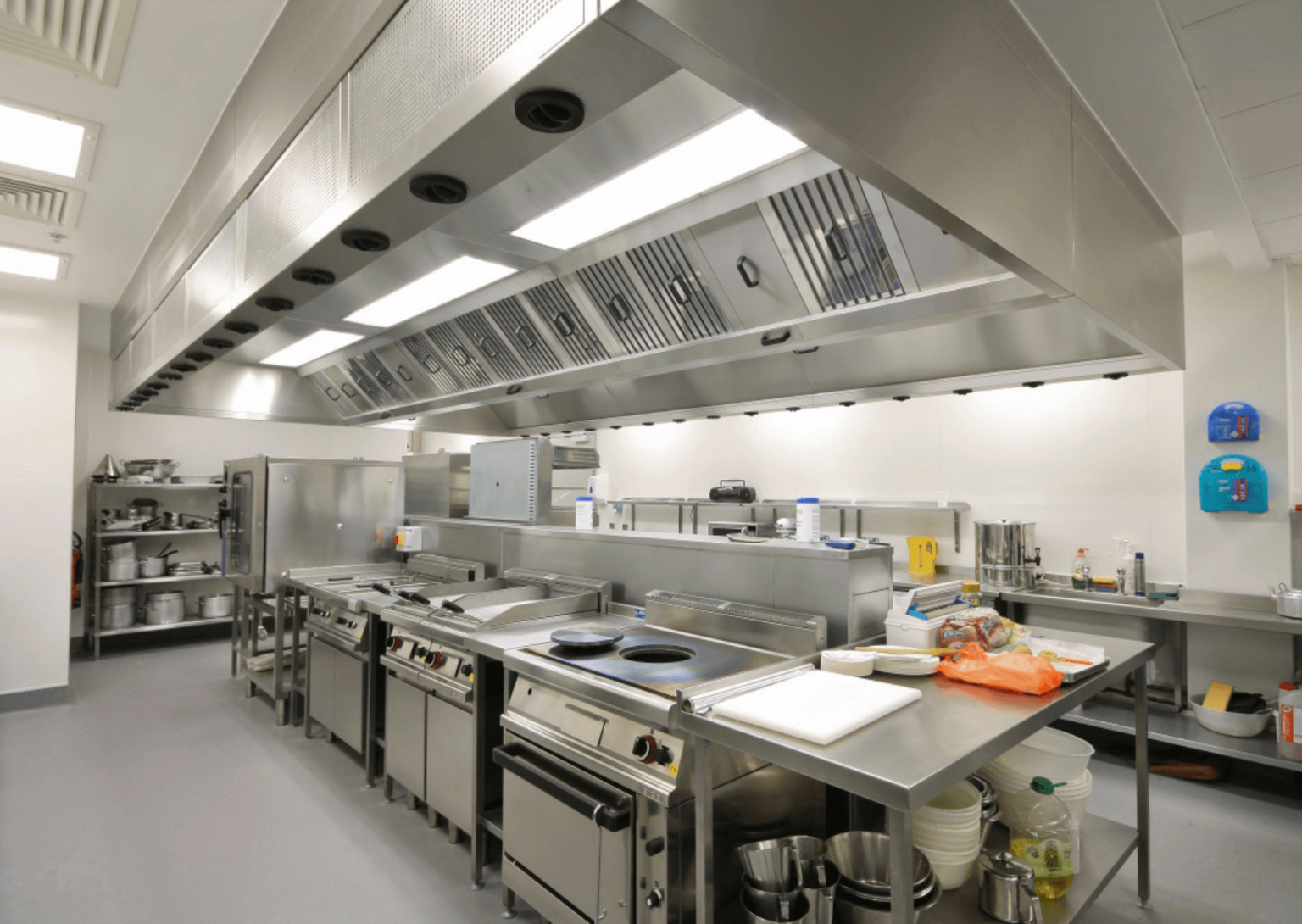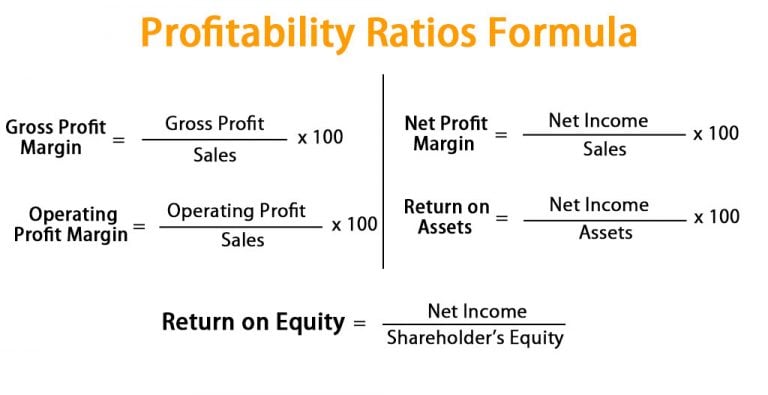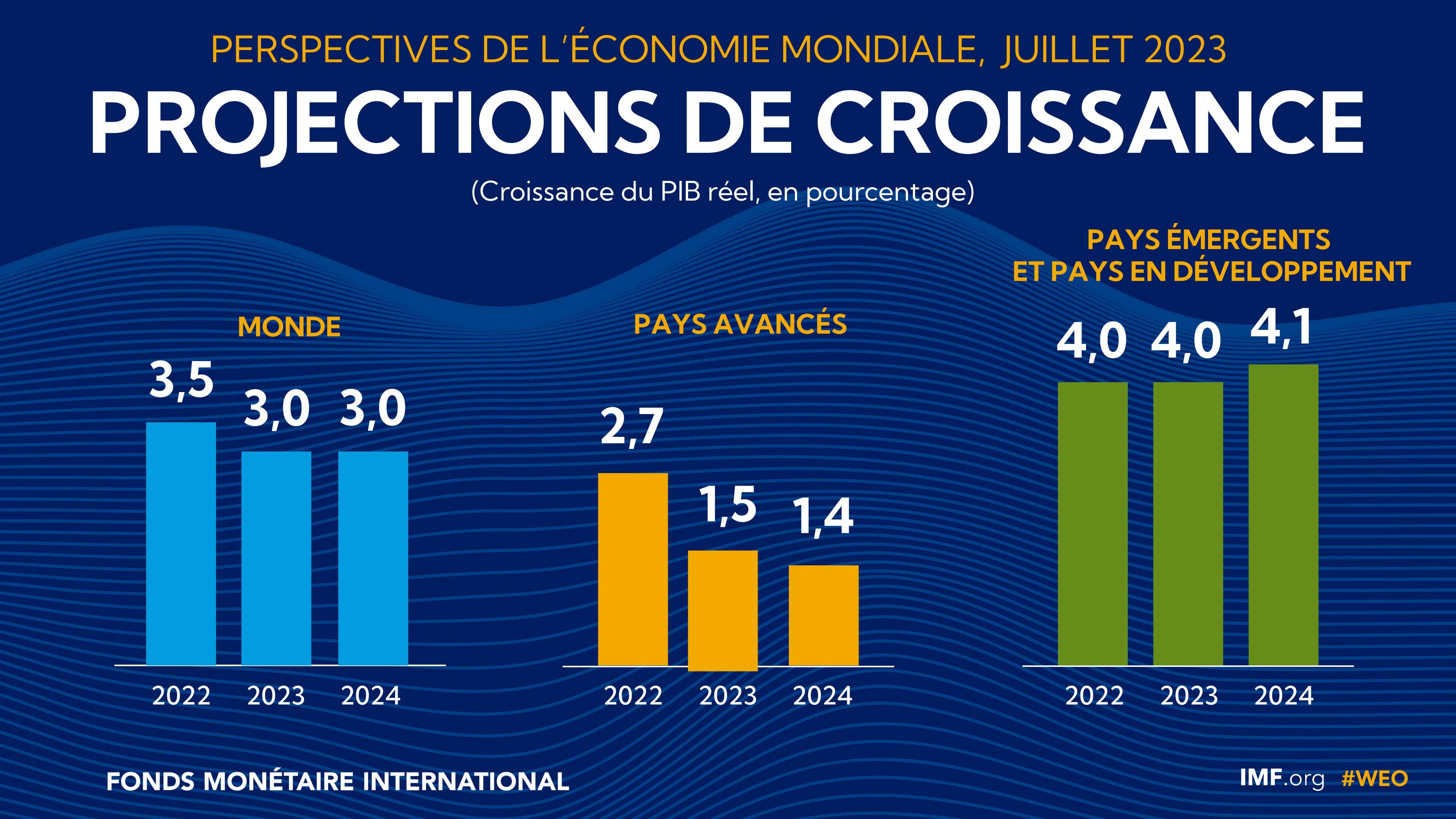The professional kitchen design industry is a crucial aspect of the foodservice and hospitality sector. It encompasses the planning, design, and installation of commercial kitchens for restaurants, hotels, hospitals, and other establishments that require large-scale food preparation. With the growing demand for convenient and high-quality food options, the industry has significantly expanded in recent years to meet the needs of various businesses.1. Industry Overview
The global professional kitchen design market is expected to reach a value of $12.2 billion by 2027, growing at a CAGR of 6.7% from 2020 to 2027. The rising number of restaurants, cafés, and other foodservice establishments, coupled with the growing popularity of food delivery services, is the key driving force behind this growth. Additionally, the increasing focus on efficient kitchen layouts and equipment to improve workflow and productivity is also fueling the market's expansion.2. Market Size and Growth
The professional kitchen design industry is highly competitive, with a mix of established and emerging players. Some of the key players in the market include Hobart Corporation, Manitowoc Foodservice, Ali Group, Haier Group Corporation, and Alto-Shaam Inc. These companies are constantly innovating and investing in research and development to stay ahead of the competition and cater to the diverse needs of their clients.3. Key Players and Competition
The professional kitchen design industry is continuously evolving, with new trends and innovations shaping the market. One of the notable trends is the integration of advanced technology, such as artificial intelligence, IoT, and automation, in kitchen equipment and design. This allows for better control and monitoring of kitchen operations, leading to improved efficiency and cost savings. Innovative kitchen layouts and designs, such as open kitchens and mobile kitchens, are also gaining popularity.4. Trends and Innovations
The main consumers of professional kitchen design services are foodservice and hospitality businesses, including restaurants, hotels, cafes, and hospitals. With the rise of food delivery services and the growing demand for innovative and unique dining experiences, the industry is also seeing an increase in demand from non-traditional clients, such as co-working spaces and event venues.5. Consumer Demographics
The professional kitchen design industry is a highly profitable sector, with a steady stream of demand from various businesses. According to recent reports, the average profit margin for kitchen design companies is around 20-30%. This is due to the high cost of equipment and the specialized skills and expertise required for kitchen design and installation.6. Revenue and Profitability
Despite its strong growth and profitability, the professional kitchen design industry also faces several challenges. One of the main challenges is the high cost of equipment and materials, which can be a barrier for smaller businesses looking to set up a commercial kitchen. However, this also presents an opportunity for companies to offer cost-effective solutions and cater to the needs of smaller businesses and startups.7. Challenges and Opportunities
The professional kitchen design industry is increasingly focusing on sustainability and reducing its environmental impact. This includes the use of energy-efficient equipment, sustainable materials, and waste reduction strategies in kitchen design. Some companies are also offering eco-friendly kitchen solutions, such as water-saving systems and composting options, to cater to the growing demand for sustainable practices in the foodservice industry.8. Sustainability and Environmental Impact
The incorporation of technology and automation in professional kitchen design is a significant trend in the industry. This includes the use of smart equipment and systems, such as self-cleaning ovens and automated temperature control, to streamline kitchen operations and reduce labor costs. With the increasing demand for efficiency and cost savings, the adoption of technology and automation is expected to continue to grow in the future.9. Technology and Automation
The future of the professional kitchen design industry looks promising, with strong growth projected in the coming years. As the foodservice and hospitality sectors continue to expand, the demand for efficient and well-designed commercial kitchens will only increase. With the incorporation of technology, sustainability, and innovation, the industry is expected to continue to thrive and evolve to meet the ever-changing needs of its clients.10. Future Outlook and Projections
The Importance of Professional Kitchen Design in the House Design Industry

Aesthetics and Functionality
 When it comes to designing a house, the kitchen is often referred to as the heart of the home. It is where families gather and memories are made. As such, it is essential to have a kitchen that not only looks good but also functions well. This is where professional kitchen design comes into play.
Professional kitchen design
takes into consideration both aesthetics and functionality. Designers are trained to create a space that not only looks visually appealing but is also efficient and practical. They consider factors such as traffic flow, work triangle, and storage solutions to create a kitchen that is not only beautiful but also highly functional.
When it comes to designing a house, the kitchen is often referred to as the heart of the home. It is where families gather and memories are made. As such, it is essential to have a kitchen that not only looks good but also functions well. This is where professional kitchen design comes into play.
Professional kitchen design
takes into consideration both aesthetics and functionality. Designers are trained to create a space that not only looks visually appealing but is also efficient and practical. They consider factors such as traffic flow, work triangle, and storage solutions to create a kitchen that is not only beautiful but also highly functional.
Increase Property Value
 Investing in professional kitchen design can significantly increase the value of a property. According to a survey by the
National Association of Home Builders
, kitchen remodels have the highest return on investment for homeowners. In fact, a well-designed kitchen can increase a home's value by up to 10%.
Potential buyers are often willing to pay more for a house with a modern and well-designed kitchen. This is because the kitchen is one of the most used and important areas of a home. A professional kitchen design can make a lasting impression and set a property apart from others in the market.
Investing in professional kitchen design can significantly increase the value of a property. According to a survey by the
National Association of Home Builders
, kitchen remodels have the highest return on investment for homeowners. In fact, a well-designed kitchen can increase a home's value by up to 10%.
Potential buyers are often willing to pay more for a house with a modern and well-designed kitchen. This is because the kitchen is one of the most used and important areas of a home. A professional kitchen design can make a lasting impression and set a property apart from others in the market.
Trends and Technology
 The kitchen design industry is constantly evolving with new trends and technology. Professional designers keep up with these changes and are knowledgeable about the latest products and materials on the market. This enables them to create modern and innovative designs that meet the needs and preferences of their clients.
From smart appliances to eco-friendly materials, professional kitchen designers can incorporate the latest trends and technology into their designs. This not only enhances the overall look of the kitchen but also adds value and functionality to the space.
In conclusion, professional kitchen design plays a crucial role in the house design industry. It combines aesthetics and functionality to create a space that is not only visually appealing but also highly functional. With its ability to increase property value and keep up with trends and technology, investing in professional kitchen design is a smart choice for any homeowner.
The kitchen design industry is constantly evolving with new trends and technology. Professional designers keep up with these changes and are knowledgeable about the latest products and materials on the market. This enables them to create modern and innovative designs that meet the needs and preferences of their clients.
From smart appliances to eco-friendly materials, professional kitchen designers can incorporate the latest trends and technology into their designs. This not only enhances the overall look of the kitchen but also adds value and functionality to the space.
In conclusion, professional kitchen design plays a crucial role in the house design industry. It combines aesthetics and functionality to create a space that is not only visually appealing but also highly functional. With its ability to increase property value and keep up with trends and technology, investing in professional kitchen design is a smart choice for any homeowner.


























































































































